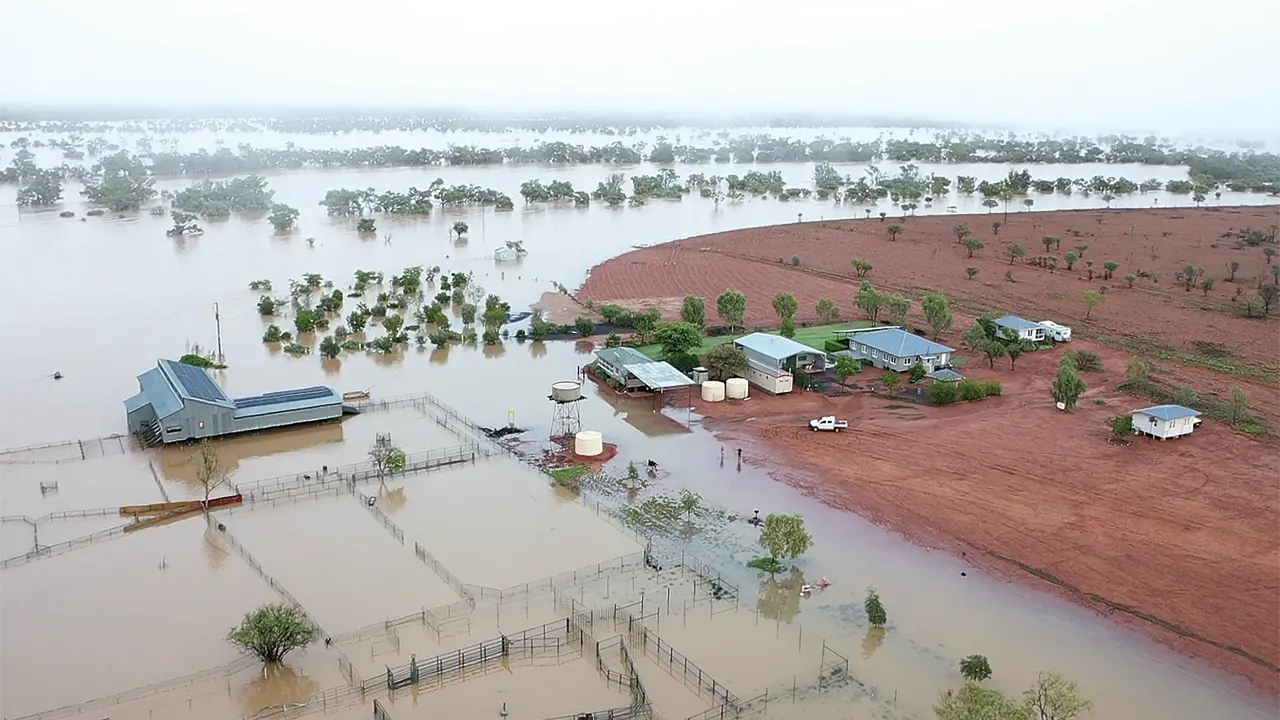An oasis-like garden thrives on a South Australian cattle property.
Story By Gretel Sneath
Barbara Lighbody loves cutting lawns. “I’d do it for a living and, if the council gave me a mower, I’d cut all the roadsides too; I actually find it relaxing,” she says. It’s just as well, when you consider that her own garden commands a weekly minimum of four hours on the ride-on. Barbara uses the time to plot new planting schemes and outdoor decorating ideas, which her husband, Max, helps to create. “He’ll say, ‘Get your feet on the ground’, and then three days later, he’ll come and say, ‘Now what was it you were after?’” she laughs.
The team effort has created a true oasis tucked down the long driveway of a 115 hectare cattle property at Kongorong on South Australia’s Limestone Coast. Well hidden from the road, it’s a blissful environment, yet Barbara found the sense of isolation overwhelming when she moved to “Aberfoyle” in 1965 as a young bride. “I grew up on a busy highway with lots of people dropping by and was so lonely here at first that I hated it,” she says.
Slowly, however, she fell under its spell, finding beauty in the garden, which had been planted by her mother-in-law, Phyllis. “Gran had it nice; she had lots of fruit trees and it was neat and tidy,” she says. It was also lovely and compact, but not for long, with Barbara persuading Max to extend the front yard by moving the fence forward a few metres. He laughs and says he should have put it on wheels (it was the first of many moves).
Today, the garden is about a hectare in size. Natural undulations create contrast in the sweeping lawns that link mulched flowerbeds, which are bordered with flint foraged from surrounding paddocks. Ponds have been created in hollows and wandering ducks, dovecotes, arbours and a gazebo add to the charm. Roses, however, are the key focus; up to 1000 bushes surround the home, and they simply thrive in the region’s rich volcanic soils and cool, wet climate. “Pruned shrubs can look like chooks without feathers, but you can cut roses right back and think they’ll never perform again, and they always do,” Barbara says.
This story excerpt is from Issue #85
Outback Magazine: Oct/Nov 2012









